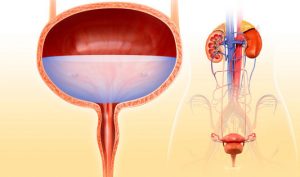
Urinary incontinence affects approximately 5% of the global population. Physicians often begin treatment with simple, non-invasive methods. The first step in managing urinary incontinence typically involves lifestyle modifications and strengthening the pelvic floor muscles.
Urinary incontinence can occur at any age—from children to elderly men and women. However, the likelihood of developing incontinence increases with age.
Bladder emptying is normally controlled both during the day and night by a complex system that includes the brain’s urinary control center, the spinal cord, the bladder, the external urethral sphincter, and the pelvic floor muscles.
When the bladder fills, the brain sends signals—transmitted through the spinal cord—to the bladder to contract. At the same time, the sphincter and pelvic floor muscles relax, allowing complete urination.
Any damage to these components can result in urinary incontinence.
Despite its impact, urinary incontinence is often overlooked and under-treated. Our approach focuses on pharmaceutical therapies designed specifically for individuals who develop incontinence due to trauma, illness, or accidents.
Using a groundbreaking treatment method developed in Germany and Norway, we have been able to help countless patients around the world regain bladder control.
It is worth noting that loss of bladder control is one of the most common complications of spinal cord injuries. The innovative medications now available can significantly restore bladder function in patients with spinal cord conditions and in the elderly.
Dr. Bita Shomili, a young Iranian physician, has successfully treated over a thousand men, women, and children with urinary incontinence worldwide.
In one of her publications, she states:
“No one should suffer from bladder problems anymore. With the help of modern medical science, complete treatment is now achievable within a few months—with no side effects during or after the course of treatment.”
Following treatment, patients typically experience a significant improvement in bladder control and no longer require the use of catheters or adult diapers.